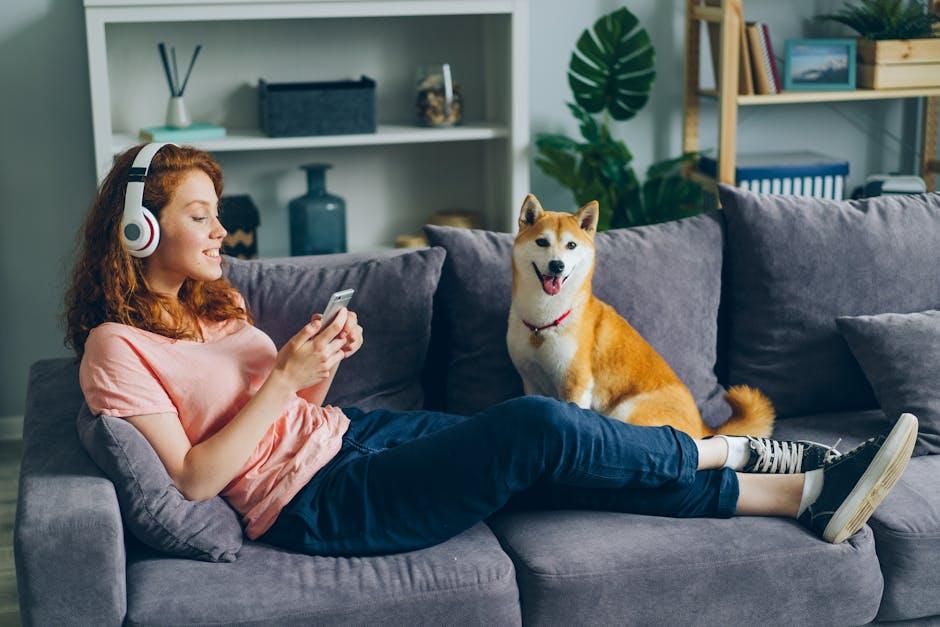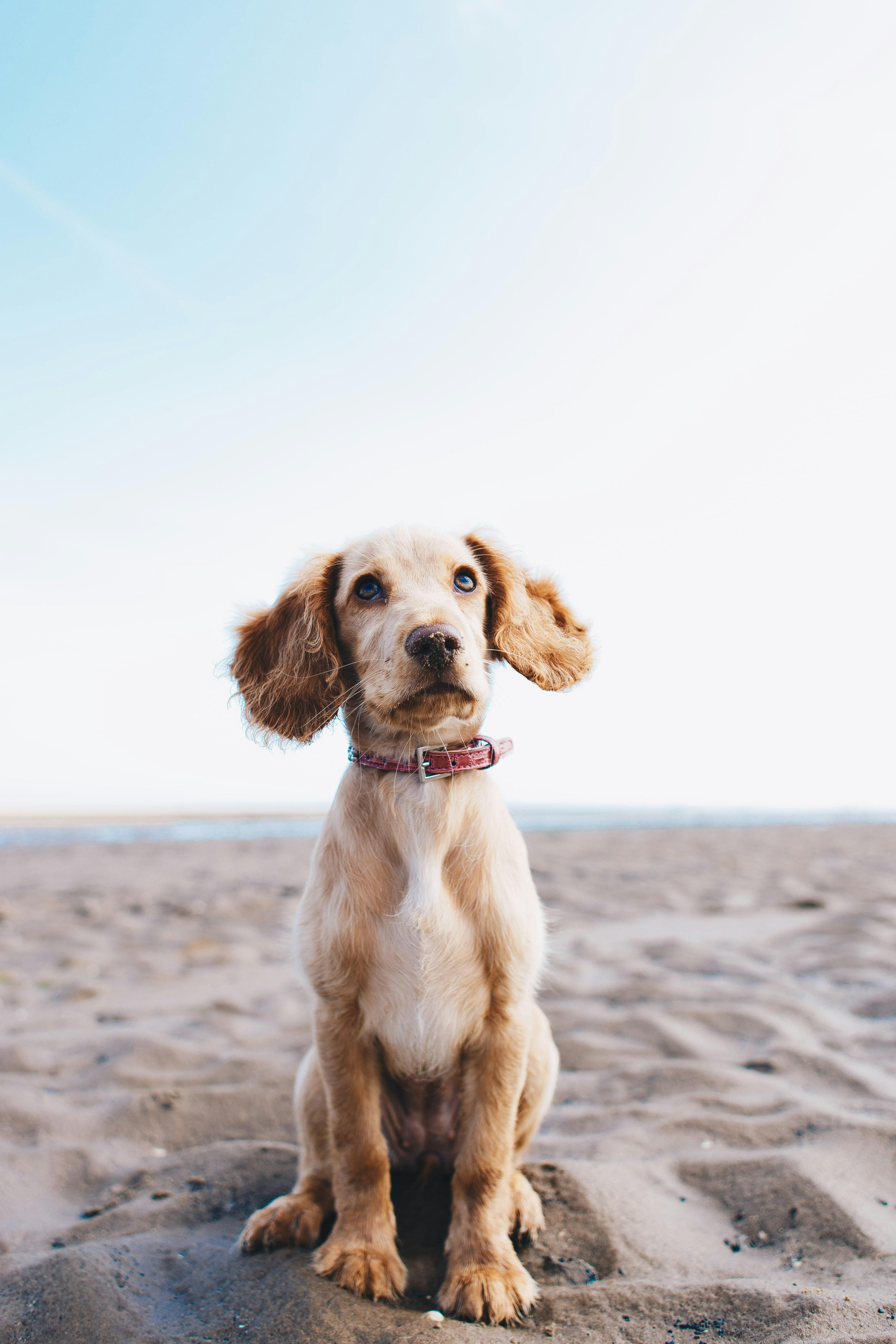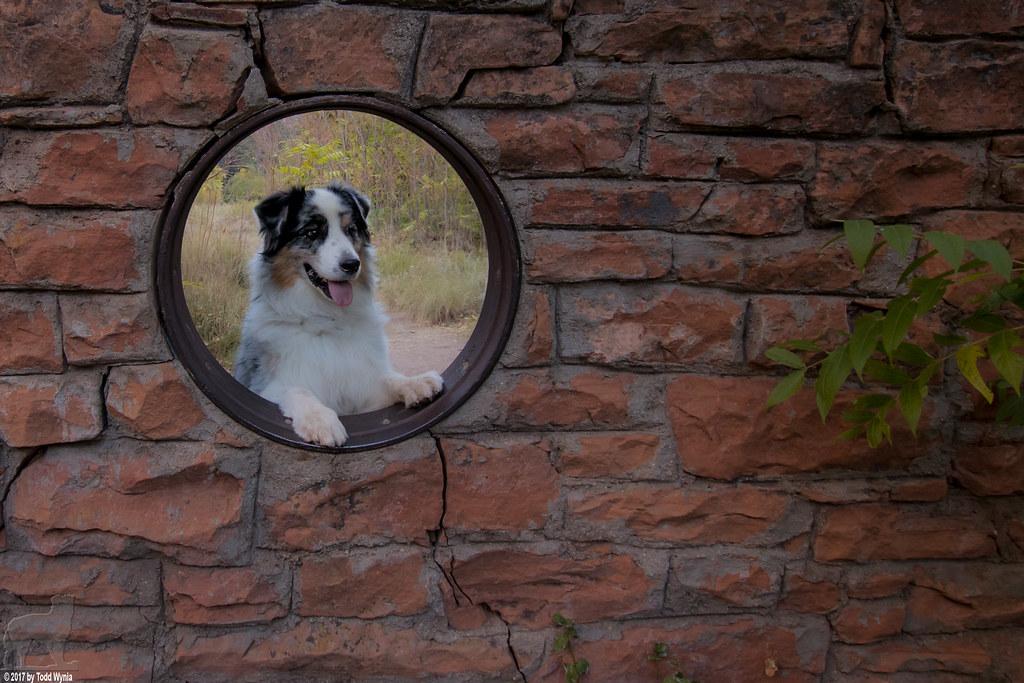How to expose your dog to new sounds and experiences safely

In the symphony of life, our canine companions often rely on the familiar cadence of their everyday world. Yet, just beyond the threshold of routine lies a vibrant tapestry of sounds and experiences waiting to be explored. Introducing your dog to this dynamic soundscape can be both a thrilling and daunting adventure. Whether it’s the gentle rustle of leaves, the distant hum of city life, or the crescendo of a bustling park, each new sound is a note in the melody of their expanded world. This article will guide you through the art of safely and thoughtfully exposing your dog to these novel experiences, ensuring their journey into the unknown is as harmonious as it is enriching. Join us as we explore strategies to nurture curiosity, build confidence, and enhance the bond between you and your four-legged friend.
Creating a Soundscape for Canine Comfort
Crafting a harmonious environment for your furry friend involves introducing them to a variety of sounds that mimic their natural surroundings, yet don’t overwhelm them. The key is to gently immerse your dog in these auditory experiences, ensuring their comfort and safety. Begin with soft, calming sounds such as gentle rainfall or birds chirping. These sounds can be played at a low volume during relaxation times to create a peaceful ambiance.
- Nature Sounds: Start with recordings of ocean waves, rustling leaves, or a babbling brook.
- Instrumental Music: Opt for classical pieces or specially composed music for dogs that feature soothing rhythms.
- Everyday Noises: Gradually introduce common household sounds, like the hum of a washing machine or the distant chatter of a TV, to help desensitize them to sudden noises.
As your dog becomes more accustomed to these gentle sounds, you can gradually introduce new and varied soundscapes. Monitor their reactions closely, ensuring that their body language reflects curiosity rather than anxiety. Remember, the goal is to build a soundscape that enriches their environment, making them feel secure and at ease.

Navigating New Experiences with Confidence
Introducing your furry friend to a world of new sounds and experiences can be an adventure for both you and your dog. To ensure these introductions are smooth and stress-free, start by gradually exposing your dog to new stimuli. Begin in a controlled environment where your dog feels safe, such as your home or a familiar outdoor space. Consider playing recordings of different sounds, like thunderstorms or city noises, at a low volume. As your dog becomes more comfortable, you can slowly increase the volume and complexity of the sounds.
- Positive Reinforcement: Reward your dog with treats and praise when they remain calm during new experiences.
- Observation: Pay close attention to your dog’s body language to gauge their comfort level.
- Short Sessions: Keep exposure sessions brief to avoid overwhelming your dog.
- Consistency: Regular exposure can help your dog become more accustomed to new sounds and experiences over time.
With patience and understanding, your dog will gradually build the confidence to embrace new experiences. Remember, every dog is unique, so tailor your approach to suit their individual needs and personality.

Practical Tips for Gradual Exposure
When introducing your furry friend to unfamiliar sounds and experiences, it’s essential to take a gradual approach. Start by identifying the stimuli that might be unsettling for your dog. Whether it’s the sound of thunder, a vacuum cleaner, or bustling city noises, each new experience should be introduced in a controlled and calm environment. Begin with low volumes or distances and gradually increase them over time as your dog becomes more comfortable.
- Use Positive Reinforcement: Reward your dog with treats or affection when they remain calm during exposure. This helps them associate new experiences with positive outcomes.
- Maintain a Calm Demeanor: Dogs often mirror their owners’ emotions. By staying relaxed, you signal to your pet that there’s no reason to be anxious.
- Limit Exposure Time: Keep initial exposure sessions short to prevent overwhelming your dog, gradually increasing the duration as they adjust.
- Incorporate Play: Engaging your dog in play during exposure can divert their attention from the new sound or experience, reducing stress.
Remember, patience is key. Every dog is unique, and while some may adapt quickly, others may require more time and reassurance. By following these steps, you can help your dog build confidence and become more resilient to new experiences.

Ensuring a Positive and Safe Exploration
Introducing your furry friend to new environments and sounds can be an enriching experience for both of you. However, it’s crucial to ensure that this exploration is both positive and secure. Start by creating a controlled environment where your dog can feel comfortable and at ease. This might be a familiar room at home or a quiet outdoor space. Gradually introduce new stimuli, such as the sound of a vacuum cleaner or a car horn, ensuring that the volume is kept low initially. Observe your dog’s reactions and adjust accordingly to prevent overwhelming them.
- Monitor Body Language: Watch for signs of stress or anxiety, such as excessive panting or whining, and pause the exposure if needed.
- Use Positive Reinforcement: Reward your dog with treats or praise when they respond calmly to new sounds.
- Gradual Exposure: Increase the intensity or complexity of sounds slowly over time, allowing your dog to adapt at their own pace.
- Incorporate Play: Engage in playful activities during exposure to associate new experiences with positive emotions.
Remember, the goal is to build your dog’s confidence and resilience, not to rush the process. With patience and care, your dog will soon be embracing new experiences with wagging tails and eager curiosity.



